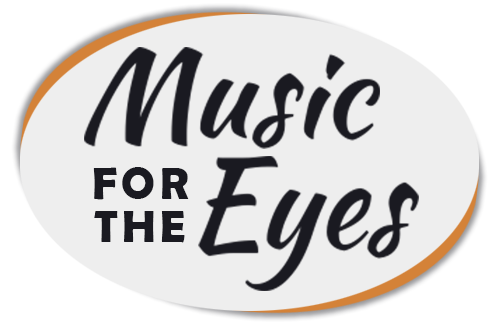This is the story of the “Saratoga Grays”–12 whales who visit Whidbey Island each year.
Once upon a time–who knows how many years or centuries ago–a single gray whale found its way into the Saratoga Passage between Whidbey and Camano Island north of Seattle.
That one whale managed to break off from thousands migrating northward from Mexico to Alaska, and then found its way almost 100 miles into inland waters.
His detour was amazing enough…but it was especially amazing that the krill-eating whale was so hungry that it somehow figured out that there were small edible crustaceans living in the sands of the tidal flats of this small area.
The first whale that used its baleen plates to sift out crustaceans from sand– rather than sifting its usual krill diet from seawater–liked the taste so much that when it found its way out to join its companions in completing the migration north to Alaska’s krill-rich waters…it somehow passed on news of its discovery to a friend or two.
As a result, a few other whales began to make the detour into the Sushi Bar around Whidbey Island during the annual migration…but never more than about a dozen came. (If that first whale had passed on news of its discovery to everyone, there would have been thousands of whales visiting Saratoga Passage every year.)
People living around Whidbey Island had probably noticed whales coming in to feed in the shallows for centuries. It was not until the 1970’s, with the increasing concern among conservationists that whales needed protection from humans, that scientists began cataloguing and identifying whales by their individual markings; only then did it become clear that it was the same bunch of whales who visited Saratoga Passage each year.
They come in ones and twos, showing up between mid-February and mid-June, feeding at high tide–eating the crustaceans like the “ghost shrimp” living in the sand close to the shore–and then departing to continue their migration after a few days of feasting.
What’s with this bunch of whales? Other gray whales occasionally stumble into Puget Sound when sick or starving and die, apparently not knowing that there is edible food in the sand. The Saratoga Grays apparently don’t share the knowledge of their Sushi Bar very widely among their companions.
No one knows for sure why this is, but scientists speculate that the Saratoga Grays are perhaps from the same matrilineal line of whales; they guess that the first whale to discover food in the sand passed that knowledge on to a sister or brother, who passed it on to another close relative, and so on. Still, since the 1970’s, only about 15 or 20 distinct whales have ever been identified in the Saratoga Passage. Since the 1990’s the number has been pretty static at about 12 or 13.
Well, whales will be whales, and the people of Langley, a small village of 1000 souls on Saratoga Passage, are happy enough that the dozen show up each year like clockwork. The whales regularly feed so close to shore along the waterfront of this small town that they have become a great attraction, drawing locals and tourists alike to the town’s seawall at high tide when one can stand closer to a feeding gray whale than one is allowed to be in a whale watching boat.
The town hosts a small “Welcome the Whales” festival each April, which includes a Whale parade, lectures and experiences for young people.
One of the founders of a regional whale conservation group called Orca Network donated her minister-grandfather’s church bell to the town to provide a signal for alerting townspeople of the presence of whales.
This whale bell has been erected in the middle of town and, when a whale is sighted, someone rings the bell. Everyone rushes out of the shops and pubs down to the seawall to watch the whales, naturally oblivious to all the attention, feeding a scant 100 meters away. The local Clyde Theater even is known to stop its projector in mid-film when the whale bell is heard and to advise theater patrons to take five minutes to run down to see the whales before the film resumes.









Wonderful story. I would think baleen whales stand a better chance for survival compared to the orcas since or orcas only eat salmon?? Not sure about this. Such beautiful creatures.
Correction: Orcas eat many different types of fish, sea lion, birds, etc. When I went whale watching out of Friday Harbor a few weeks ago I was told there were not many orca sightings due to diminished salmon runs. However, we did observe a Minkie Whale (baleen) who was large, beautiful, and entertaining. I was hoping to see an orca when I was kayaking but did not.
Fred and Sharon,
What a nice story and diverse photos too. When the Gray Whales feed on our beach on Holmes Harbor, our property taxes don’t seem so high. We didn’t have whales in Indiana. Thanks for all you do to make South Whidbey a great community. Kevin Lungren.
An Orca diet can include fish, squid, seals, sea lions, walruses, birds, sea turtles. otters, penguins, polar bears, reptiles, sharks, octopus and even smaller whales. Even land mammals have been found in the stomach of some Orcas. However the feeding habits of Orcas will depend on the place they are inhabiting at a particular time.